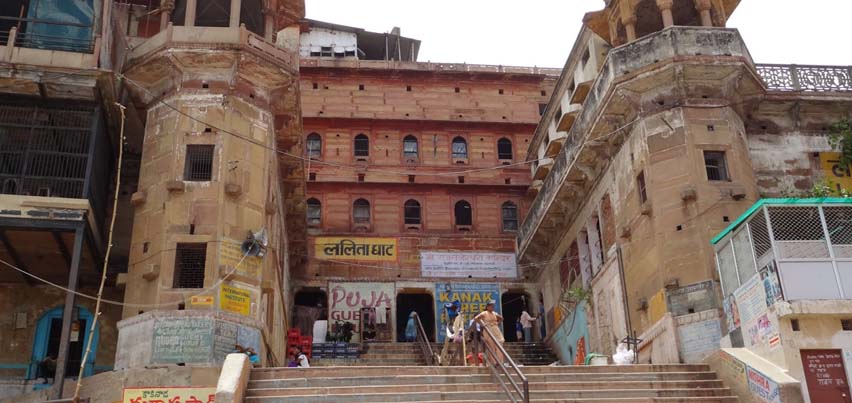This was different from the normal temple which you see in Varanasi. This is a true replica of the Pashupati Temple, the only difference is that the Shiva Lingam is not with Five faces like in the original temple, worth a visit. This is a replica of pasupathinath temple of Nepal and so it is called Nepali temple. A beautiful Nepalese styled temple dedicated to Lord Shiva. Very simple yet magnificent temple managed by Nepali folks. The architecture is also quite unique with excellent woodwork craftmanship. The views of Ganga maa from the temple are amazing. Good place to be in while you are in Banaras. This is a hidden gem that even locals don't know about. It is a replica of the Pashupatinath Temple in Kathmandu, & constructed here by a Nepalese king. This temple is completely different from all the other temples in its architectural style, materials used etc. It can be a little difficult to find. There's an entrance fee for foreigners. The terrace is a good place to view River Ganges. Nepalese King of the Gorkha Dynasty built this temple in the 19th century, during that time Varanasi was popular with Nepalese. The architecture of the temple follows the architecture of Pashupatinath temple, which is situated in Nepal, Kathmandu. This temple is built on a square platform and the pillars are decorated with erotic images. An idol of Pashupatinath (Pashupatinath is a manifestation of Shiva) is installed in the inner sanctum of the temple. This Temple is very peaceful there are so many pictures of Kamasutra which is learned us so many thinks. This temple will not take you more than five minuttes to see. However, it is quite interesting to notice the many tantric carvings in the outiside wooding structure. The pillars of the temple have Old Hindu Erotic art carved, it's appalling to see such modern forms in such old carvings. From this temple, you can see the half moon shape of Ganges ghats clearly and the view is spectacular. Constructed in the 19th century A.D by the King of Nepal, the temple is made of terracotta, stone and wood and is replica of the Pashupatinath Temple in Kathmandu. King of Nepal, Rana Bahadur Shah took exile in Varanasi from 1800 to 1804 and titled himself as "Swami Nirgunanda". During his exile, he decided to build a replica of Pashupatinath Temple in Varanasi. Construction of the temple commenced during his exile / stay in Varanasi. During the construction, Shah moved back to Nepal. On April 25, 1806, Rana Bahadur Shah was stabbed to death by his stepbrother, Sher Bahadur Shah. His son Girvan Yuddha Bikram Shah Deva completed the project 20 years after the deadline. The land was later transferred to Rana Bahadur Shah by Kashi Naresh in the year 1843. The temple, adjacent area, Lalita Ghat and a dharamshala, belongs to the Nepal government. Also known as Mini Kajuraho. A rare sight and tourist attraction as it is said to be incomparable to any other temple in India. Culture and language are well preserved in this place. The whole city of Varanasi is very religious.
India Varanasi
tourism

